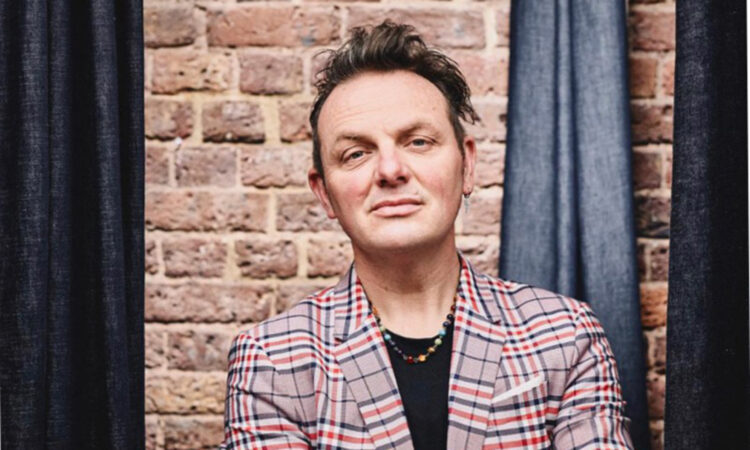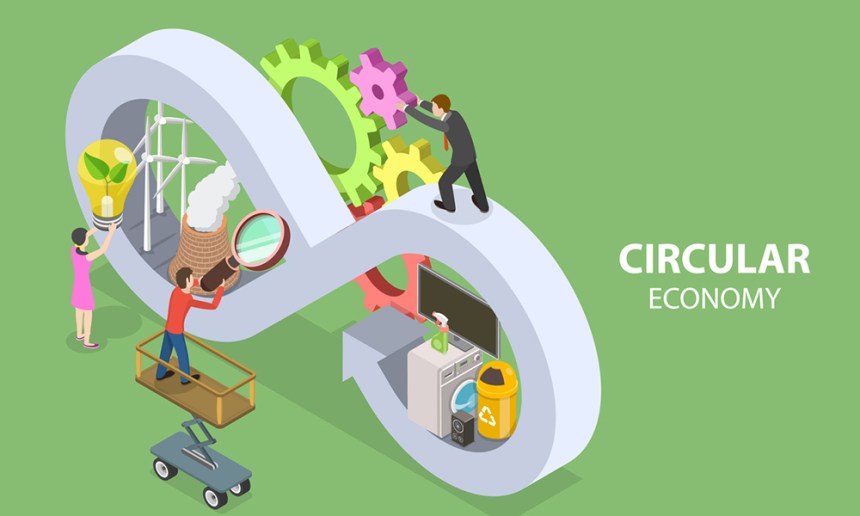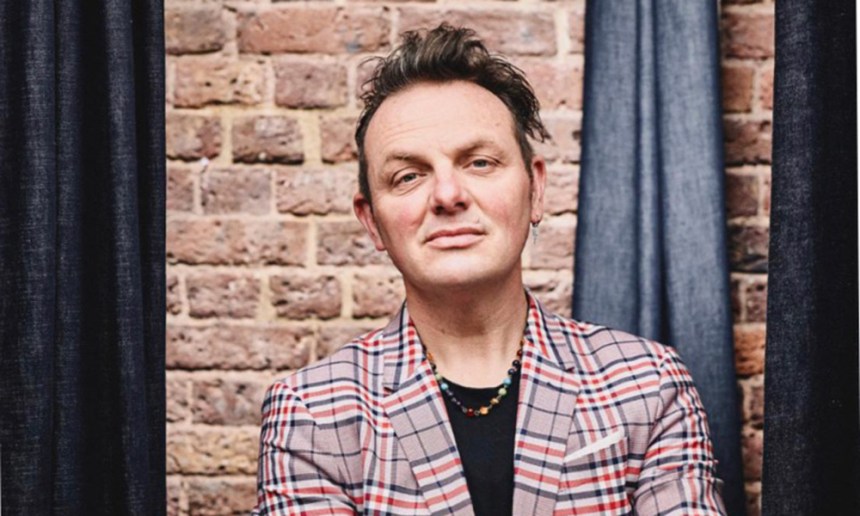
Host of the Festival of the Circular Economy 2023 Mark Shayler, author and circular economy expert, asks how we can democratise the circular economy and explores the main barriers to the development of circular products.
Let’s say we each buy an average of 2 or 3 pairs of jeans a year. Seems about right? Probably. So over ten years we buy around 25 pairs of jeans. Even allowing for changing waistlines and fashions this is a crazy amount. So, how long does the average person keep their jeans?
According to the internet, it’s about between 2-5 years. But some jeans makers will repair your jeans free of charge for life. These jeans are typically more expensive than the average pair but are cheaper in the long run. This is what I want to dig into, how can we make circular products for everyone, not just the middle class?
Despite the demand for sustainable products within all income brackets, there is a price “greenium” added to, or inherent within, many circular or sustainable products. For now, let’s stick with denim and take a deeper look.
There is a price “greenium” added to, or inherent within, many circular or sustainable products.
We’ve seen an increase in the number of manufacturers producing better jeans, whether that be organic denim or selvedge. These jeans are generally made to last and often come with free repairs for life service attached. There are many such manufacturers ranging from the mass-market Nudie to the more artisan Black Horse Lane and Dawson Denim.
All make great jeans, all offer a repair service that is built around my favourite circular economy strategy: longevity and repair. However, this makes the jeans pretty expensive. But with free repairs for life, this also makes them the cheapest jeans you can buy over their (and your) lifetime.
The purchase price is high (£120-200 a pair) but over the lifetime of the jeans (let’s estimate 15 years and £180 a pair) this is around £12 a year.
Compare that to a pair of standard (and perfectly good) pair of Levis 501s. These are around £60 a pair on the web. But if you’ve not got £60 you would need to buy them from a catalogue where they are £100 for the same jeans.
How are we taking circular and better products to scale when the purchase price is a significant barrier?
But if you don’t have £100 you tick the box that says “pay weekly”. This is at an APR of 39.9%. Therefore over a year, you will pay £140 for the same jeans that most people pay £60 for. But how long will these last?
The average lifespan for a pair of jeans, according to the International Fabric Institute Fair Claims Guide, is 2-3 years. Let’s assume 3 years. That gives a price per year of £33 versus £12 a year for the “repaired free for life” jeans.
This highlights that the challenge with well-made and long-lasting products is one of fairness, equity and effective business models.
The wealthy get better value

As one of the main challenges we face is how we make more or the same profit from selling fewer things, longevity and higher quality products allow this to happen but disenfranchise the less wealthy.
How are we taking circular and better products to scale when the purchase price is a significant barrier? One of the main barriers to the development of circular economy products and services is the need for better business models. We have the majority of the technical and manufacturing solutions available or nearly ready for market. The problem we have is tired business models.
An extension of this thinking brings us to products that have been designed for leasing or service. To be leased over a long period the items need to be designed for longevity but they also need to be designed for speed and ease of repair. This often means that they will be designed in a modular way to enable parts/components to be swapped out quickly and cheaply.
One of the main barriers to the development of circular economy products and services is the need for better business models.
Xerox pioneered this thinking back in the late 1980s with their pay-to-print model where copy and print machines were leased and the customer paid per sheet printed. Xerox then owned the units and refurbished and serviced them regularly.
From an affordability perspective, this was a smart move. It changed the business model entirely and placed quality printing within reach of even the smallest businesses as they would print less.
Some of my favourite work is in redesigning business models rather than products. If we get this right not only does it deliver products with a lower per-year impact but it also democratises circularity. Whether this be leasing/financing or simply applying a guaranteed buy-back price it allows expensive products to be considered on a whole life cost basis.
 Some years ago I was working with RS Components on the redesign of the business model for high-bay lighting (think expensive LEDs). The company weren’t ready for a lease model but they were ready for a tapered buy-back model where they guaranteed the future value of the lighting system. This gave the customer the confidence to spend more on a better product as the accounts team was able to consider the future income.
Some years ago I was working with RS Components on the redesign of the business model for high-bay lighting (think expensive LEDs). The company weren’t ready for a lease model but they were ready for a tapered buy-back model where they guaranteed the future value of the lighting system. This gave the customer the confidence to spend more on a better product as the accounts team was able to consider the future income.
Did it work? You bet, sales went up by over 5000% and the initiative won awards. Most importantly the customer got a better product that lasted longer and cost less per year of ownership. We need to change how we think about money to free up better products.
If we are to move to a regenerative economy, circularity will be a cornerstone of this shift and business plans are the enabler and accelerator.
You can catch Mark Shayler moderating the Circular Economy Roadmap, the Way Forward panel at this year’s festival. Joined by panellists CEO of WRAP Harriet Lamb, CEO of ReLondon Wayne Hubbard, and CIWM President Dan Cooke, Mark will delve into real-world examples of businesses, authorities and countries creating sustainable change through a circular approach.








